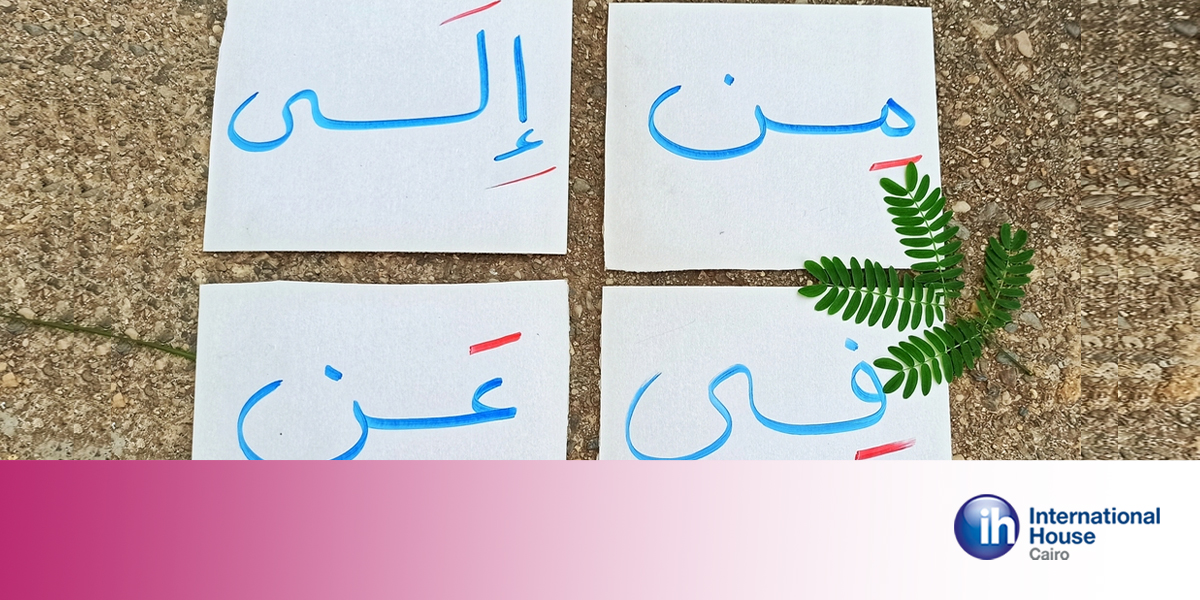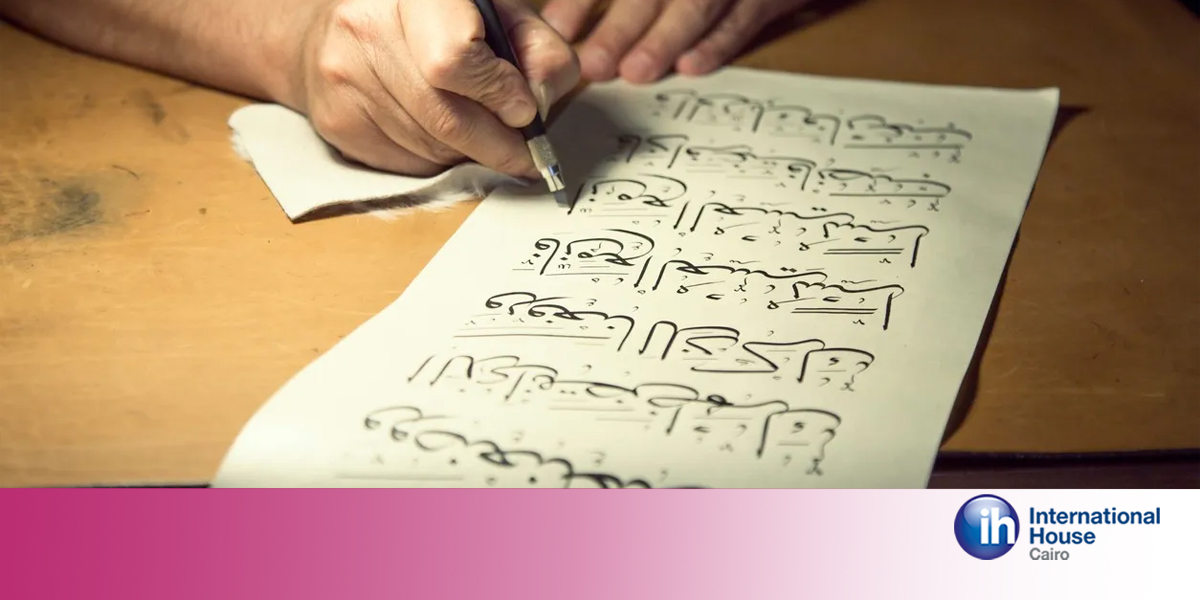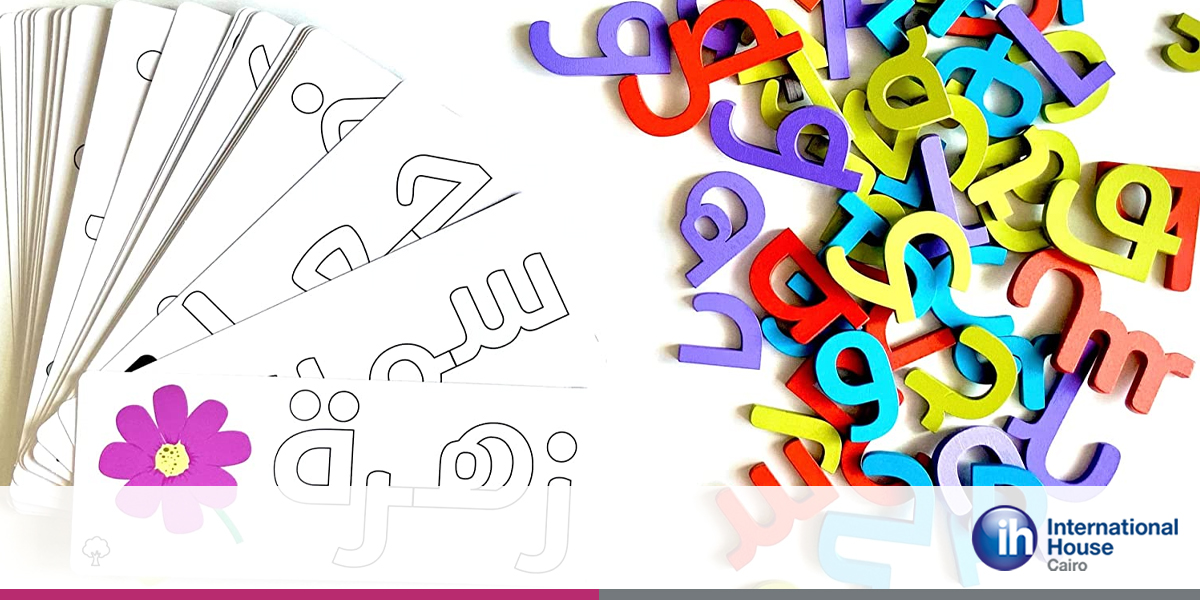The concept of learning grammar, in and of itself, can be daunting to a lot of non-native speakers regardless of the language you want to learn.
When it comes to the Arabic language, it begs to differ. If anything, learning Arabic grammar is one of the most fascinating experiences you’ll ever have when you start to learn Arabic.
While it’s fun to learn, the duration of study varies according to the skills of every learner as well as their preferred roadmap.
With the following 5 steps, you’ll easily get to grips with Arabic grammar.
So let’s get started—but before we do, we’ll give you a little background about Arabic syntactic rules.
Why Should I Learn Arabic Grammar?
Being part of the main hierarchy called “نحو” (/nahw/), Arabic grammar includes the syntax of the language; another aspect of it is Arabic Morphology, better known as “صرف” (/sarf/). Our focus here is on syntactic rules.
With more than 400 million Arabic speakers around the globe, Arabic has been in the heart of people’s attention no matter their backgrounds and milieus, especially because it’s an aesthetic literary language.
Now, although many language learners mostly focus on memorizing words and structures, mastering Arabic grammar is what truly helps you learn to effectively communicate your ideas.
After all, that’s the only way for you to master your tone and come up with your own coherent sentences—just like a native speaker.
1. Pay Attention to the Basics
General basic rules are your laying foundations; your infrastructure upon which you’ll add new information as you amass your knowledge, so you don’t want to skip them at all costs.
In the grand scheme of things, Arabic grammar starts with the utterance “لفظ” (/lafz/). Now whatever sound you utter can either be meaningless or meaningful. Either way, any Arabic-related sound, in and of itself, is an utterance in Arabic.
In order for you to understand and formulate your own utterance, mastering the alphabet should be your first step. At the end of the day, the letters included in the alphabet carry all the sounds that reflect the concept of utterance in Arabic.
2. Start With Words
Here’s why your vocabulary is your gateway to learning grammar: there’s a fine line between starting with words (so that you progress to learning other rules) and focusing solely on learning words.
After all, expanding your vocabulary will help you formulate sentences in real life. But your framework should never be memorizing words and even sentence structures without knowing from what they’re derived or how you can use them with Arabic speakers.
So you definitely should start with words, but don’t get stuck in that phase for too long; you can pair some basic vocabulary with other grammatical rules to advance your reading, speaking, writing, and listening proficiencies simultaneously.
That’s why at IH Cairo, we provide our learners with what we call “contextual learning.” That is, our Arabic learners get the chance to immerse themselves in the language in a way that helps them advance their language skills—personally and professionally.
3. Get the Hang of the Most Common Phrases
As a beginner, starting with the most common phrases is the best approach to learning Arabic grammar. But that doesn’t mean that you have to memorize them.
Instead, your knowledge is more memorable when you understand what each phrase entails.
Basic phrases like “excuse me – أرجو المعذرة” (/arjuu almädhira/) or “good morning – صباح الخير” (/sabaah alkhayr/) are two of the most common phrases that are used almost every single day by millions of Arabic speakers.
In that sense, understanding such phrases will feel like a major shortcut for you as you’re learning Arabic grammar.
4. Work on Your Sentence Structures
Arabic is one of the richest languages worldwide. So it’s important that you realize that it’s more flexible than other languages. For example, unlike English, Arabic is more flexible when it comes down to grammatical structures.
So it only makes sense that Arabic has a good array of structures besides informative (i.e., making a claim) and non-informative sentences (i.e., asking a question, making a request, or giving orders):
- Nominal sentences
- Verbal sentences
Nominal sentences follow the basic S-V-O sentence order we know in English (i.e., Subject/Doer–Verb/Action–Object/Predicate) as well as other similar structures such as…
- Subject–Verb (S-V)
- Subject–Verb–Adjective (S-V-Adj)
- Subject–Verb–Adverb (S-V-Adv)
- Subject–Verb–Noun (S-V-N)
If you haven’t realized it yet, all of these structures start with the subject/doer of the sentence, which would be referred to using a noun or a personal pronoun.
As for Arabic, it’s typical to start your sentence with a verb/action, followed by the subject/doer, ending with the object/predicate. Such order is mostly used if you’re writing in more advanced contexts, such as working in media or writing an academic essay.
This kind of information gives a glimpse of what you want to prioritize, depending on your current level and your overall language-learning goal.
5. Dig Deeper into Arabic Parts of Speech
In what surely comes as obvious to advanced non-native speakers, learners can sometimes stop once they get to grips with Arabic sentence structures.
However, by tapping into Arabic parts of speech, you’ll start to naturally think in Arabic (instead of merely translating your ideas)—just like Arabic native speakers.
Here is an example of how Arabic parts of speech can be somewhat different than their English counterparts.
| English | Arabic |
| Adjectives | Nouns |
| Adverbs | Nouns |
| Prepositions | Particles |
| Conjunctions | Particles |
| Interjections | Particles |
Speak Arabic Fluently with IH Cairo Arabic Courses!
Arabic is the sixth most spoken language in the world with 420 million people around the world speaking the language.
The Next Steps: Mastering Arabic Grammar Rules
Learning Arabic grammar is far from a daunting task; it’s an amazing journey that non-native speakers enjoy to the fullest once they know how to approach it.
In fact, our learners at IH Cairo enjoy learning the ins and outs of Arabic grammar and actively put their knowledge into practice on a daily basis as they immerse themselves in the culture and interact with experienced Arabic tutors alongside Arab citizens.
Our recommendation is that you follow each aforementioned step with an Arabic tutor that you can trust as you embark on your language-learning journey so that you can learn it quickly and easily without all the guesswork that constantly drives you away from your goals.
When you do that, you’ll be setting yourself up for the success that you desire.
Frequently Asked Questions (FAQs)
We wouldn’t say it’s hard; after all, we’ve seen students enjoy studying it. We’d say it’s more of a personal preference here, but it’s not a difficult or boring aspect of the language.
Learners actually appreciate the variety of its grammatical rules, because it provides them with different options as they learn how to express their thoughts and ideas.
It depends.
For example, if you’ve been learning with an experienced Arabic tutor who helps you fully immerse yourself in the language through fun and creative activities, it’s more likely that you’ll master the language faster than another learner who doesn’t have a clear direction on how they should progress.
Unfortunately, the latter scenario is the case with many learners who rely solely on memorizing words and structures as they are without understanding their etymologies, so much so, that they actually end up quitting.
As for our learners at IH Cairo, we provide them with online and face-to-face classes, depending on their personal preferences. We also tailor our classes to suit their wants and needs, no matter the form of Arabic that they want to learn.
Again, it depends.
While particles in Arabic aren’t gendered, nouns, adjectives, and verbs are. This rule relies on whether the context refers to something/someone that identifies as a female or a male.
Also, depending on the variant of Arabic that you choose to learn, you might find that gender grammar rules are more strictly followed in one variant than in others.
For example, when it comes to Modern Standard Arabic (MSA), masculine nouns should have masculine forms of verbs and adjectives.
However, if you’re into the Arab music industry, for example, then most likely you’ve heard the word “my love – حبيبي” (/habibi/) being used to refer to females and males alike, which is the case with colloquial dialects (but not when it comes down to MSA).
Improve your Arabic faster with IH Cairo!
We provide well-designed materials and qualified teachers who can simplify the language for you to make visible progress in a short time.





